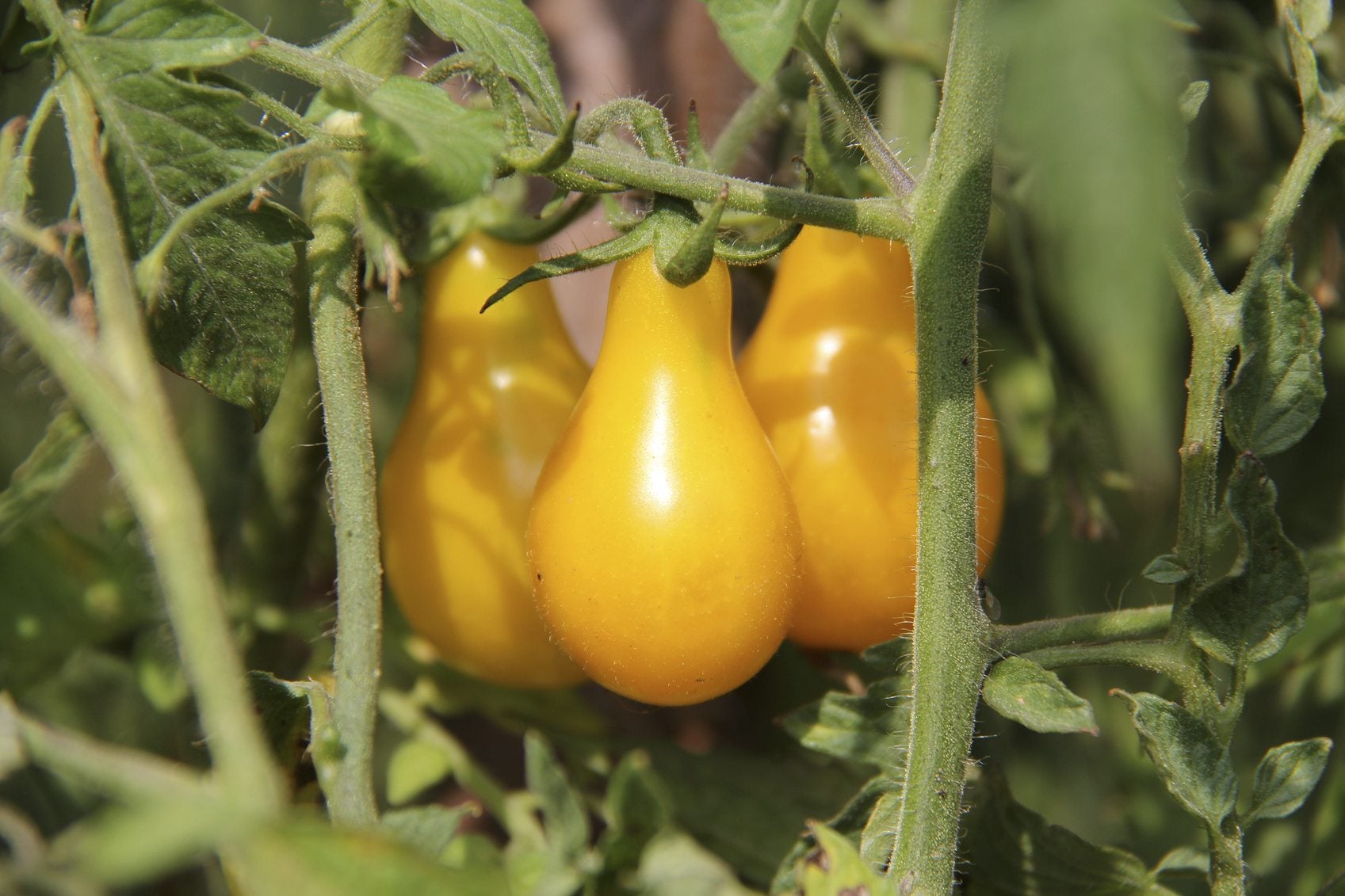
Although tomatoes need full sun and warm temperatures to thrive, there can be too much of a good thing. Tomatoes are extremely sensitive to temperature fluxes, both higher and lower. When temps are higher than 85 degrees F. (29 C.) during the day and the nights remain around 72 F. (22 C.), tomatoes will fail to set fruit, so growing tomatoes in hot climates has its challenges. Fear not, the good news is that it’s possible to grow tomatoes for hot, dry climates by choosing varieties suited to those conditions and providing extra care.
Growing Tomatoes in Hot Climates
Tomatoes do well in full sun in areas such as the Midwest, Northeast and Pacific Northwest, but in Southern California, the Deep South, the Desert Southwest and into Texas, sizzling temperatures require some special considerations when growing tomatoes in hot conditions like these. Plant desert tomatoes where the plants are protected from intense afternoon sunlight. If you don’t have a shady location, make some shade. To grow tomatoes in warm climates, a simple wooden frame covered with shade cloth will work. Use a shade structure that is open to the east so the plants get morning sun but are shielded from the scalding afternoon rays. Look for 50% shade cloth - that is cloth that reduces sun exposure by 50% and heat by 25%. You can also work with summer weight row covers to achieve the same shading effect; however, these only provide around 15% shade. Tomatoes should be mulched, especially in hot, arid locations; mulch around the plants with a 2- to 3-inch layer of organic material such as cotton hulls, chopped leaves, shredded bark, straw, or grass clippings to keep the soil cool and moist. As the mulch blows away or breaks down around late summer, be sure to replenish it. Hot climate tomatoes are going to need plenty of water. Water whenever the top 1 inch (2.5 cm.) of soil feels dry to the touch. You may need to water once or twice a day if it’s extremely hot or your soil is sandy. Tomatoes grown in containers frequently need extra water. Watering at the base of the plant using a hose or drip irrigation system is the most economical option.Avoid overhead watering, as wet leaves are more susceptible to rot and other moisture-related diseases. Keeping the soil moist helps prevent blossom drop and fruit cracking. If intense heat is predicted, don’t hesitate to harvest tomatoes when they’re still slightly immature, then put them in a shady spot to finish. Ripening slows when temperatures linger above 95 F. (35 F.).
Warm Climate Tomato Varieties
It’s possible to grow tomatoes in warm climates as long as you heed the above considerations and choose the cultivars that are specifically proven to flourish in warmer temperatures. When considering which type of tomatoes to grow in hot conditions, look at those that are suited for your climate and growing season and research maturation times. Larger tomatoes generally take more time to ripen, so in hot climates, it is best to choose small to medium sized varieties. Also, if possible, plant cultivars that are disease and pest resistant.
Sign up for the Gardening Know How newsletter today and receive a free copy of our e-book "How to Grow Delicious Tomatoes".

Amy Grant has been gardening for 30 years and writing for 15. A professional chef and caterer, Amy's area of expertise is culinary gardening.
